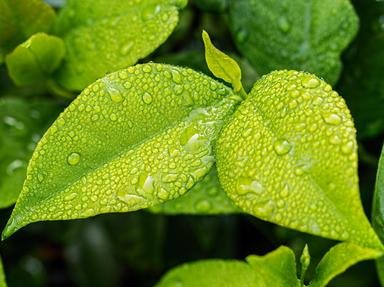Quiz Answer Key and Fun Facts
1. What is the name of the French town where Claude Monet's house, with its famous waterlily pond, is located?
2. Nine red, heart-shaped waterlily pads appear on the coat of arms of which Northern European country - a kingdom whose capital is home to one of the world's oldest amusement parks?
3. The waterlily is the birth flower for which star sign, associated with water and the planet Neptune?
4. Also known as star lotus, the beautiful blue waterlily is the national flower of which Asian island nation in the Indian Ocean?
5. A native of the Amazon basin, the largest member of the waterlily family is named after which famous queen?
6. Which ancient civilization had a special reverence for the waterlilies that grew around a mighty river, and often used them as a decorative motif?
7. The beautiful lotus is India's national flower, and a sacred symbol for the religions that had their origin in the Indian subcontinent. By what Sanskrit name is it known?
8. Which famed Greek hero visited the land of the Lotus-eaters during his travels?
9. The lotus and the waterlily are used as medicinal plants in which system of alternative medicine, native to the Indian subcontinent?
10. In the literary fairy tale "Thumbelina", the diminutive protagonist floats down a stream on a waterlily pad. Who wrote this lovely story?
Source: Author
LadyNym
This quiz was reviewed by FunTrivia editor
agony before going online.
Any errors found in FunTrivia content are routinely corrected through our feedback system.

